
Budzów
Elaboration author
Artur Karpacz
Monuments
Parishes
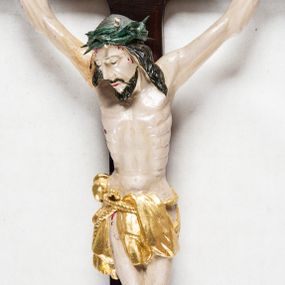
Crucifix
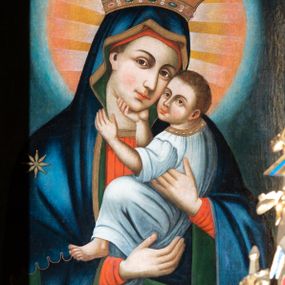
Madonna and the Child (painting)
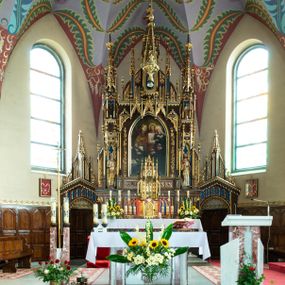
High altar
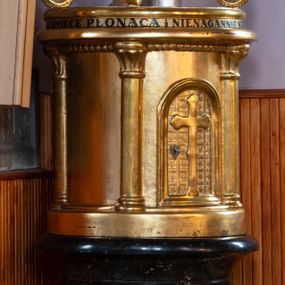
Baptismal font
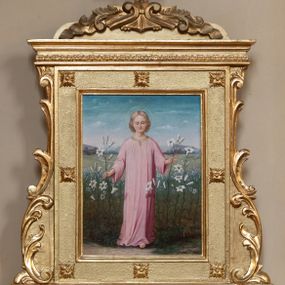
Infant Jesus and Guardian Angel (procession float)
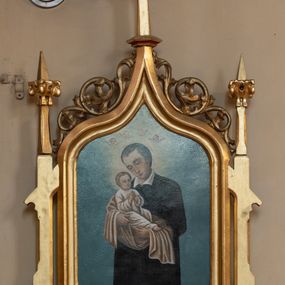
Saint Stanislaus Kostka and St. Stephen
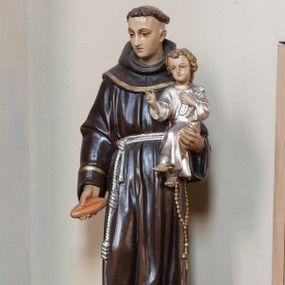
Saint Anthony of Padua
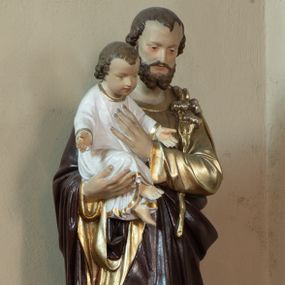
Saint Joseph and the Child
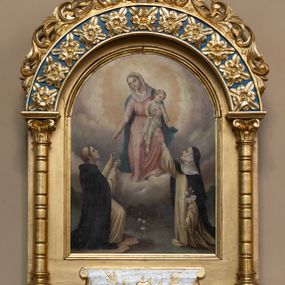
Our Lady of the Rosary and St. Francis (procession float)
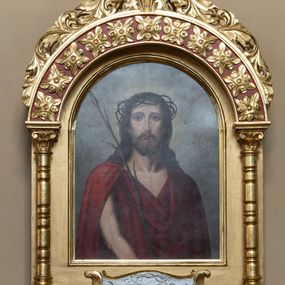
Ecce Homo and St. Joseph (procession float)
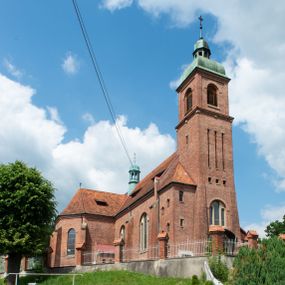
Church of Our Lady of Consolation in Budzów
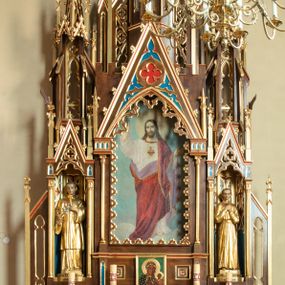
Side altar
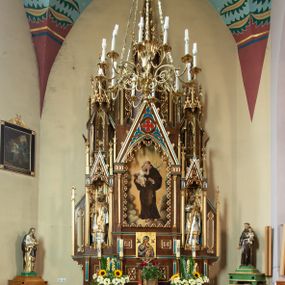
Side altar
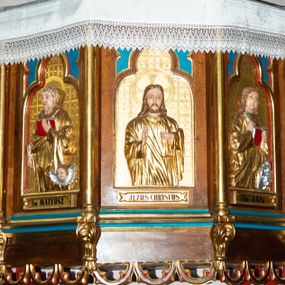
Pulpit
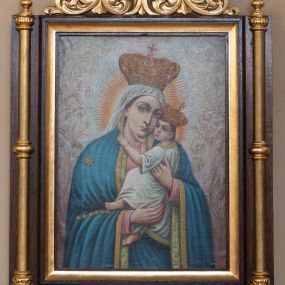
Madonna and the Child and St. Augustine (procession float)
History abstract
The history of Budzów dates back to the Middle Ages, and its early days to the turn of the 12th and 13th centuries. In 1369, Casimir the Great founded the village under German law, what changed its organizational structure. Since then, the settlement was governed by a village leader, who was granted the right to set up a mill and an inn. At the end of the century, Budzów, together with other nearby villages, became a part of the vast estate of the Lanckorona starosty, leased in the 15th century by Zbigniew of Brzezie and his descendants. The Wolski family, who, around 1550, conducted an intensive colonisation of the area in the Skawa river basin, primarily contributed to the boom of the region. The then inhabitants of Budzów and the neighbouring villages were mainly engaged in agriculture, production of shingles, and operation of the mill. At the end of the 17th century, a peasant rebellion under the command of Jakub Śmietana from Skawica took place, in which the peasants from Budzów also participated. Just before the first partition of Poland in 1772, the land around Lanckorona became the battleground for the Bar Confederates and tsarist troops. After the death of the last starost of Lanckorona – Józef Wielkopolski – in 1777, the imperial government took over the aforementioned estates and put them up for auction. They were bought by Franciszka Krasińska who handed over the purchased property to her daughter Maria Christina – married to Julius Maximilian, Prince de Montléart. The mid-19th century saw a crop failure, which led to famine and cholera epidemic. The abolition of serfdom and the enfranchisement of peasants did not improve the plight of the region's inhabitants. In 1889, Wilhelmina de Montleart, heiress of the Lanckorona demesne, handed over the dominion to Archduke Rainer Habsburg, who started alcohol production in nearby Izdebnik. At that time, Budzów was inhabited by nearly 2,600 people living in 258 houses. The period before the World War I was a time of increased economic emigration to Austria, Hungary, Germany and the United States. After Poland regained independence in 1918, the village was incorporated into the newly created Maków poviat. During the interwar period, the inhabitants engaged in the increasingly popular peasant movement. In October 1939 the western border between the Third Reich and the General Government was drawn on the Skawa river. The deportations of the population to Germany for forced labour began, which caused resistance among the local peasants engaged in underground activity
How to cite?
Artur Karpacz, "Budzów", [in:] "The Sacred Lesser Poland Heritage", 2026, source: https://sdm.upjp2.edu.pl/en/places/budzow-1